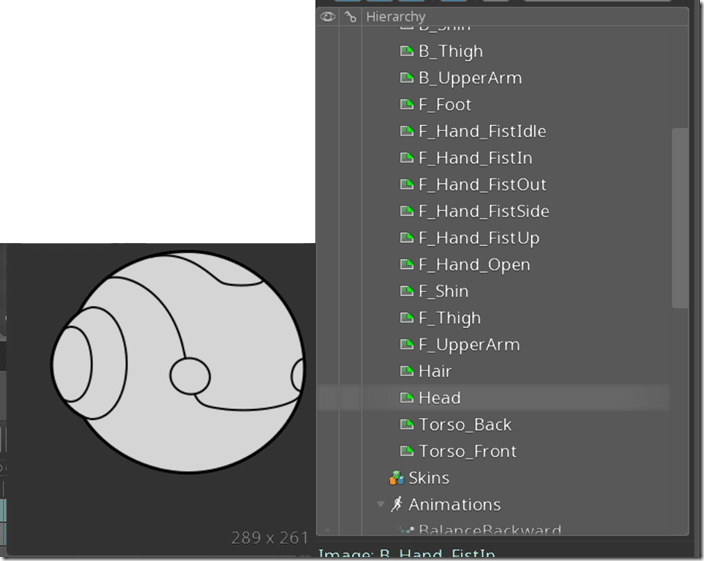
I just want a simple 2D skeletal animation tool so that I can swap out images for the body parts and generate the spritesheets for new characters of any saved animation I have created. So, I am making my own tool with AppGameKit, and I know that AppGameKit supports Atlases and Spritesheets in PNG format. I decided to go with the latter, and didn't want to pay $70 for a simple tool for 2D skeletal animations. do I really need in-code bone control (2D Rag-doll?), or just a tool to develop 2D spritesheets. Ground truth values were used for comparison to evaluate pose accuracy, and the correct labelling rate and rate of vertebra/non-vertebra classification were evaluated.I can't say, because I was interested in using the 2D spines but didn't like the prices of the programs for the two spine formats that AppGameKit supports. Specific slices were sampled for 3D volume data and multiple-slice data. The HDM 3D spine model was manually built. HDM planar templates were constructed from lumbar and thoracic patches. The deep network of local appearance module was trained using randomly sampled planar patches. The initial HDM model was constructed from MR+CT image patches collected from different spine sections/views. Data collected covers from lumbar, thoracic, cervical, and the whole spine. Validation was performed on T1/T2 MR and CT modalities using a combined total of 140 MR and CT samples from three different datasets. Lumbar scans and whole spine MR and CT slices were tested to show generality of our method. Testing was conducted using 110 MR and CT sagittal slices from 90 MR-CT volumes, excluding training volumes.
Nima vs spine2d vs spriter manual#
The ground truth of the testing data and slice selection followed the standard radiology protocol of spine physician, and are in separated manual processes.

The SVM was trained for vertebra/non-vertebra classification, and a set of 1150 patches, sampled from a combined total of 10 volumes from MR and CT, were used to train the TDCN system.

Validation was performed on cross-modality MR-CT datasets containing a total of 150 volumes with varying pathologies. Existing vertebra recognitions, simplified as vertebrae detections, mainly focus on the identification of vertebra locations and labels, but cannot support further spine quantitative assessment. The large appearance variations in different image modalities/views and the high geometric distortions in spine shape make vertebra recognition a challenging task.




 0 kommentar(er)
0 kommentar(er)
